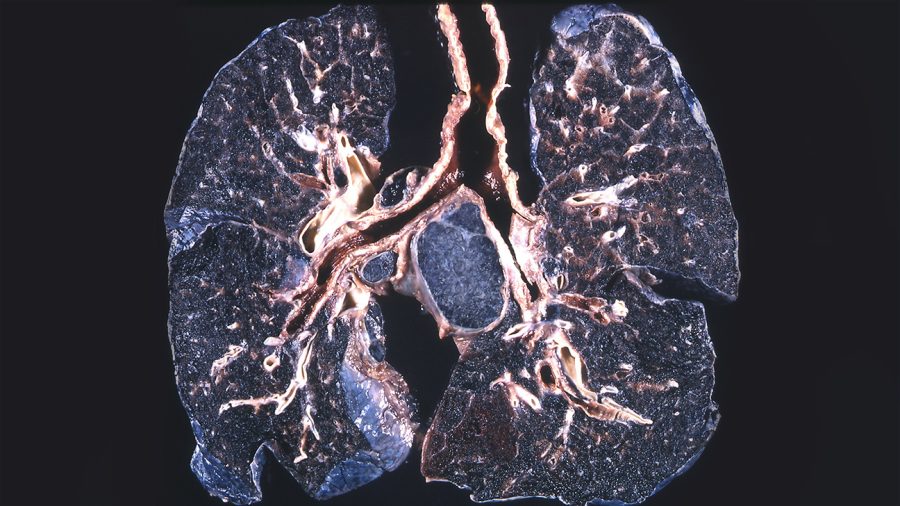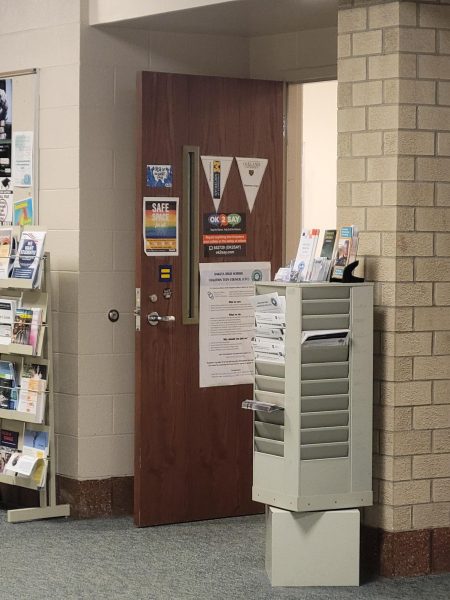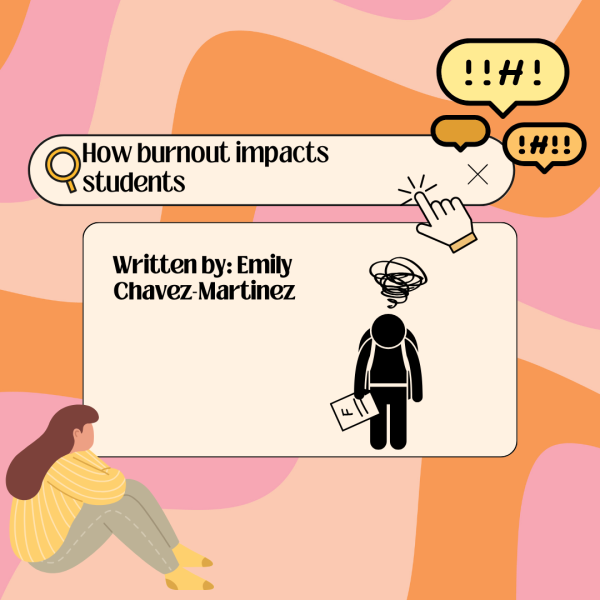Lung Cancer Awareness Month
November is lung cancer awareness month. It is the time to bring awareness and show support for all those who either have lung cancer, have had lung cancer, or have sadly passed away from lung cancer. Lung cancer is the leading cause of death in the United States among men and women. Each year “More people die of lung cancer than colon, breast, and prostate cancers combined” (health.ucdavis.edu). The American Cancer Society’s estimates for lung cancer in the United States for 2022 are: About 236,740 new cases of lung cancer; 117,910 in men and 118,830 in women, that is 649 people each day, 27 people each hour, and one person every 2½ minutes. Currently, 1 in 16 people in the U.S. can expect to receive a lung cancer diagnosis. During the past 39 years, the lung cancer death rate has fallen 29% among men, while increasing 102% among women. About 70% of lung cancer cases are diagnosed at an advanced stage when survival rates are low.
Cigarette smoking is the top risk factor for lung cancer. Centers for Disease Control estimates more than 80 percent of all cases are caused by tobacco. Lung cancer also can be caused by using other types of tobacco (such as pipes or cigars), breathing secondhand smoke, being exposed to substances such as asbestos or radon at home or work, and having a family history of lung cancer.
There is not just one lung cancer – every lung cancer is unique. Lung cancer is a group of diseases defined by the genetic makeup of lung cancer tumors. Only about 16 percent of lung cancer cases are diagnosed at an early stage, meaning many people with lung cancer have an extremely low survival rate. Some symptoms of lung cancer are; a cough that does not go away or gets worse, coughing up blood or rust-colored sputum (spit or phlegm), chest pain that is often worse with deep breathing, coughing, or laughing, hoarseness, loss of appetite, unexplained weight loss, shortness of breath, feeling tired or weak, infections such as bronchitis and pneumonia that do not go away or keep coming back, and new onset of wheezing. There are many other symptoms or signs of lung cancer but those are the most common.
A CT (computed tomography) is key to identifying lung cancer early. A computerized tomography scan combines a series of X-ray images taken from different angles around your body and uses computer processing to create cross-sectional images (slices) of the bones, blood vessels and soft tissues inside your body. CT scan images provide more-detailed information than plain X-rays do (https://www.mayoclinic.org). Other ways to detect lung cancer are X-rays, sputum cytology- the microscopic examination of cells obtained from a deep cough sample of mucus in the lungs, or a biopsy- the removal of a small sample of tissue for examination under a microscope.
For lung cancer, there is something called the 5-year survival rate, it is the percentage of people in a study or treatment group who are alive five years after they were diagnosed with or started treatment for a disease, such as cancer. The disease may or may not have come back. Men with lung cancer have a 18 percent chance for the 5-year survival rate, while women have a 25 percent chance with the 5-year survival rate. The survival rate varies for each person depending on the type of lung cancer they have, and the stage of disease they are in. The rate can also change based on how early you are diagnosed. Lung cancer is incredibly challenging to treat, causing the survival rate to be low. It spreads extremely fast throughout the lungs and can transfer to other organs in your body including your liver, brain, bones, tissue nearby, or adrenal glands.
Although lung cancer has an extremely low survival rate, there are still many treatments/ therapies you can try. There is currently no cure for lung cancer, however new research is making it possible for people to live with their lung cancer, managing it like a chronic disease. The two most popular treatments are chemotherapy and radiation therapy. The University of Michigan offers many therapies to try; “Minimally-invasive esophagectomy (laparoscopic and robotic), Complex lung resection, including segmentectomy and sleeve lobectomy, Video-assisted thoracoscopic (VATS) lobectomy, Robotic-assisted (DaVinci) lobectomy, Esophageal and airway stenting, Transhiatal esophagectomy, Placement of indwelling pleural drainage catheters, Radiofrequency ablation, Photodynamic therapy (PDT) for certain cases of esophageal dysplasia or palliation of unresectable esophageal cancers, Intensity modulated radiation therapy (IMRT) including RapidArc volumetric arc therapy (VMAT), SDX voluntary breath hold system for managing tumor motion during treatment, Stereotactic radiation, Brachytherapy for esophageal and lung cancers”(rogelcancercenter.org).
With November being lung cancer awareness month, it is the perfect time to take extra cautions in how you are treating your lungs. Help and support others in quitting smoking, vaping, and using tobacco, Its killing people at rapidly high rates. Other ways you could help during lung cancer awareness month is just by getting involved. Spread the harsh news and facts, volunteer at events, become an advocate, share your story, and donate to lung cancer awareness or research places. The federal funding for lung cancer research per related death is expected to be just $3,580. The $39 billion in lost productivity due to lung cancer deaths was more than the next 4 costliest cancers combined (https://lcfamerica.org/ ). American Lung Association is a great website to visit for supporting lung cancer awareness month, “LUNG FORCE is uniting people across the country to stand together against lung cancer, the leading cause of cancer deaths in the U.S” (https://www.lung.org/lung-force/about-lung-force/featured-campaigns/lung-cancer-awareness-month). You can also donate to LCFA at (https://lcfamerica.org/lung-cancer-info/lung-cancer-statistics/#1543338163380-b2df265a-237f) to help raise money for research on lung cancer. They state that their mission is the improvement in survivorship of lung cancer patients through the funding of transformative science. While raising funds to support lung cancer research, LCFA will raise the public’s awareness and serve as a resource for patients or anyone seeking answers, hope, and access to updated treatment information, scientific investigation, and clinical trials.
Your donation will support the student journalists of Dakota High School. Your contribution will allow us to purchase equipment and cover our annual website hosting costs.
This is Sally Jones, a 16 year old junior at Dakota Highschool. It's her first year as a member of Dakota Planet . She enjoys playing soccer and hanging...










